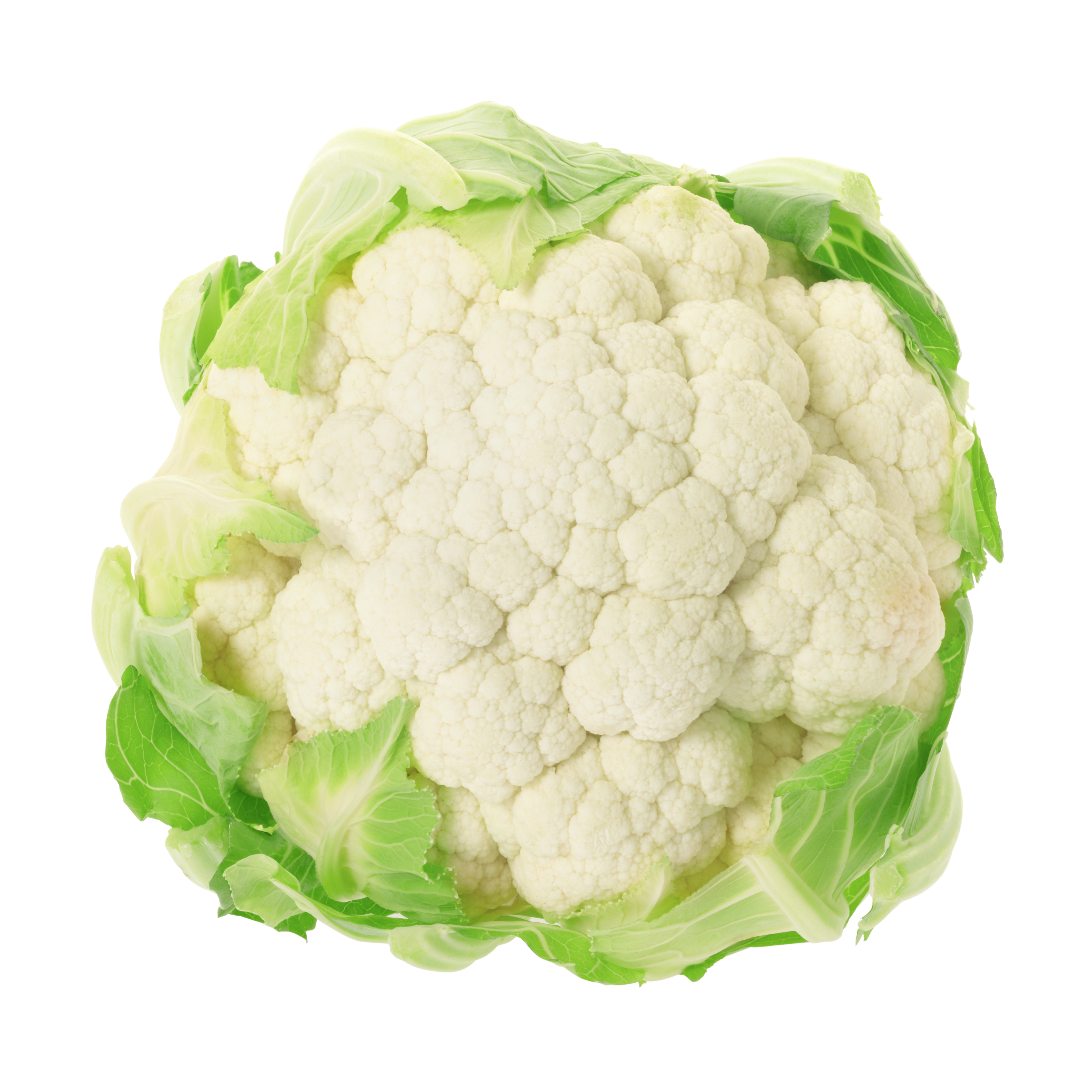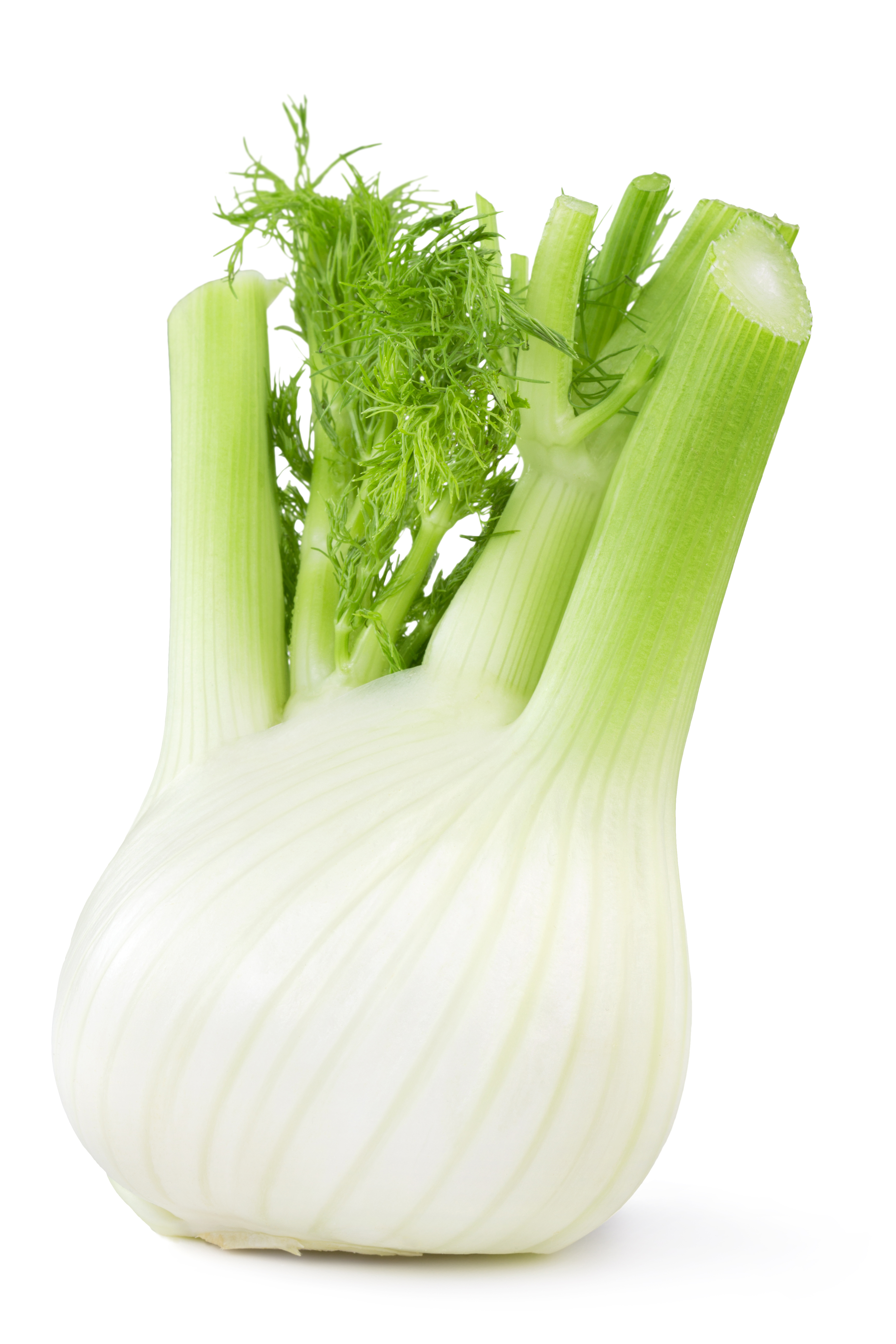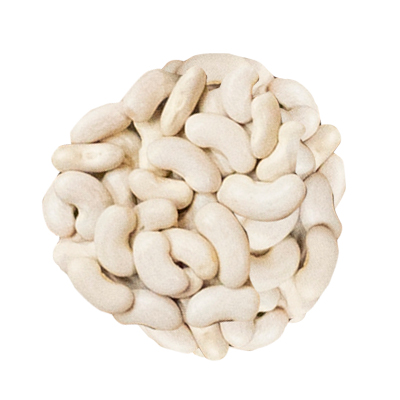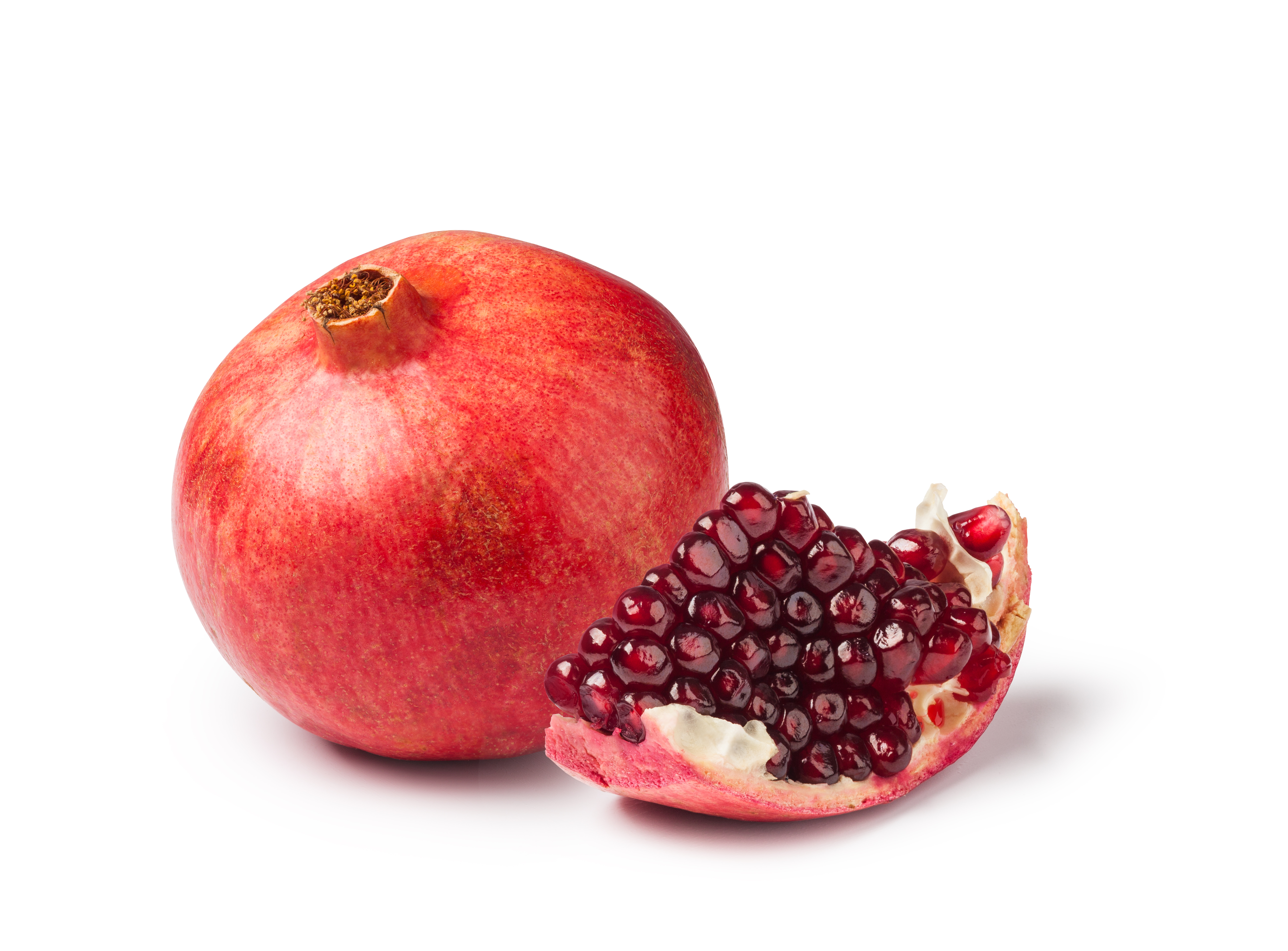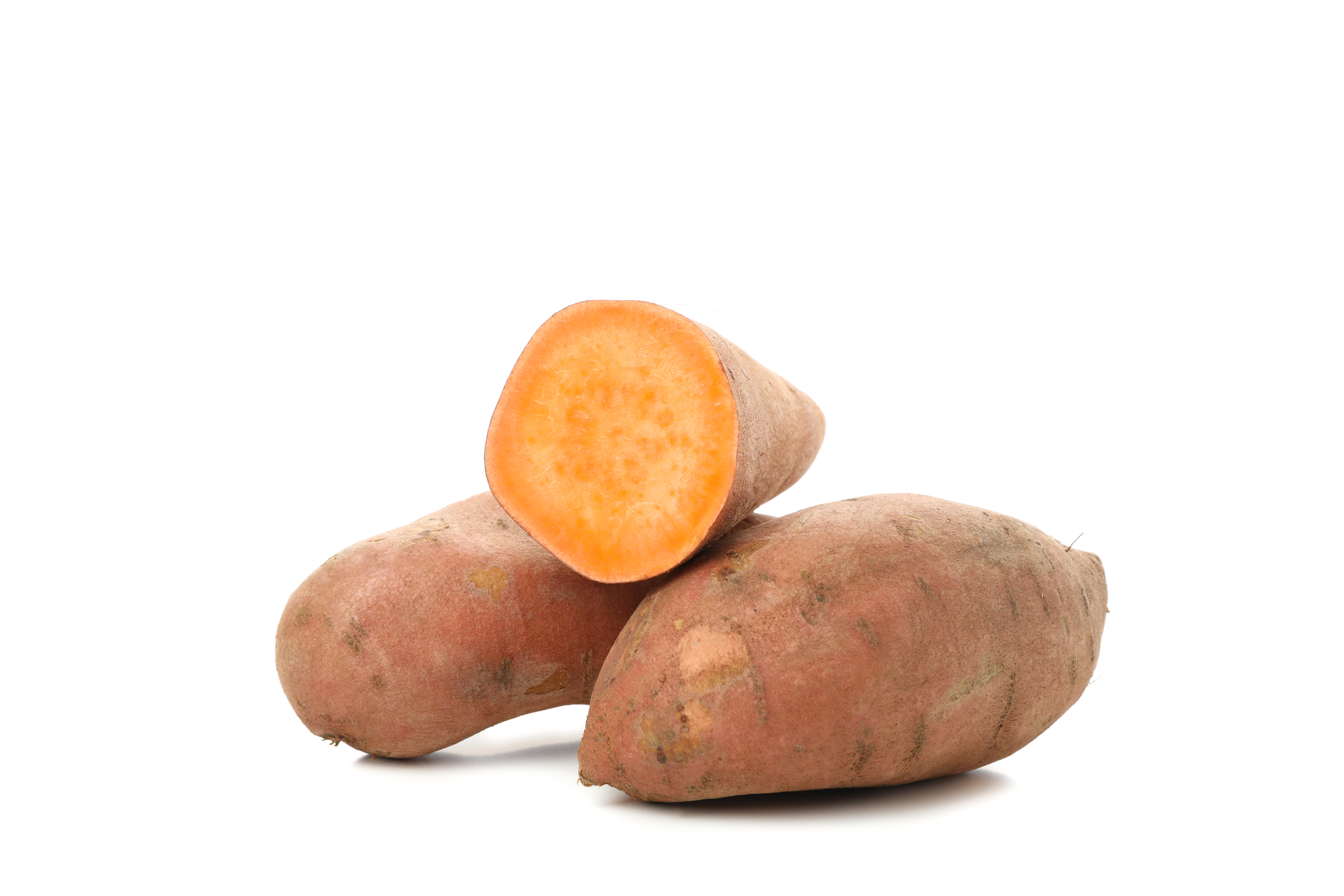Chestnuts
The chestnut is the fruit of the chestnut tree. They’re rounded and flat on one side, usually with a shiny and brown outer shell and yellow-white flesh with a sweet nutty taste. They’re generally eaten roasted, although they can be used in many other ways, and there are many chestnut products on the market.

-
Chestnuts are not in fact nuts, technically they’re a fruit. To store for a few weeks, soak them in water, changing the water on a daily basis for a week.
To remove the inner skin that’s under the shell, you need to drop the chestnuts in boiling water for a couple of minutes.
-
Chestnuts are high in fibre, minerals such as potassium, iron and calcium, and in vitamins C and E. They contain very little sodium. Chestnuts are a very interesting fruit, and are suitable for most types of diet.
-
There are a good few recipes that contain chestnuts, for example there’s a stew which is typical in Galicia that’s made with chestnuts and chickpeas. Chestnut jams and compotes can also be made using chestnuts in syrup, purées or creams. They have a place in baking and confectionery too (in brioches, custards and ice creams), and lastly they can also be boiled to go with meat, or with rice dishes such as risottos.
-
This is a product that is so typical of autumn it has a festival all of its own! Chestnuts are delicious both cooked and raw, and can be used in many ways. If after the castanyada (a traditional festival celebrated on 31 October each year) you have some leftover cooked chestnuts, you can peel them to make a purée with cream to go with a good botifarra (a traditional Catalan sausage), or add sugar and vanilla to make a filling for a sponge cake. Chestnut purée is very common in France. It’s eaten with bread, or added to desserts, and can be bought ready-made. It’s said to have been invented to use up the chestnuts that got broken during the process of making marrons-glacés, and that therefore could not be sold. Chestnuts can also be conserved in syrup, or dried, in which case they’re called pilongas or somalles, and they can be rehydrated and added to the Christmas roast or to stews too, or used to make a vegetable soup as a first course. When dried, they can also be made into flour which can then be used for pancakes, cakes or to thicken sauces.



